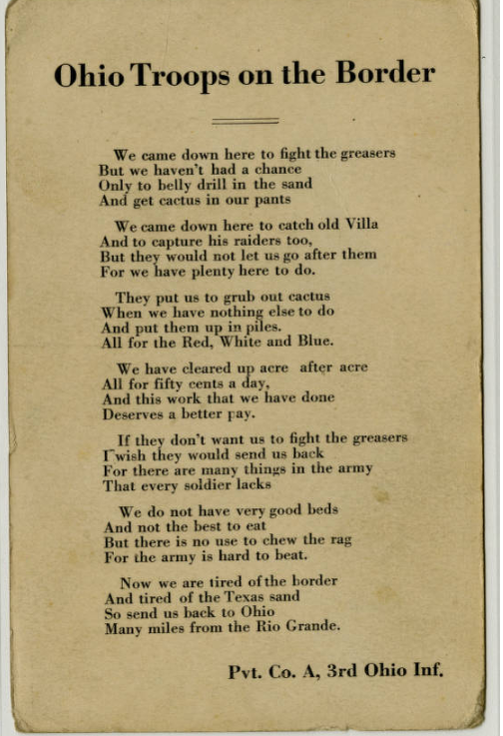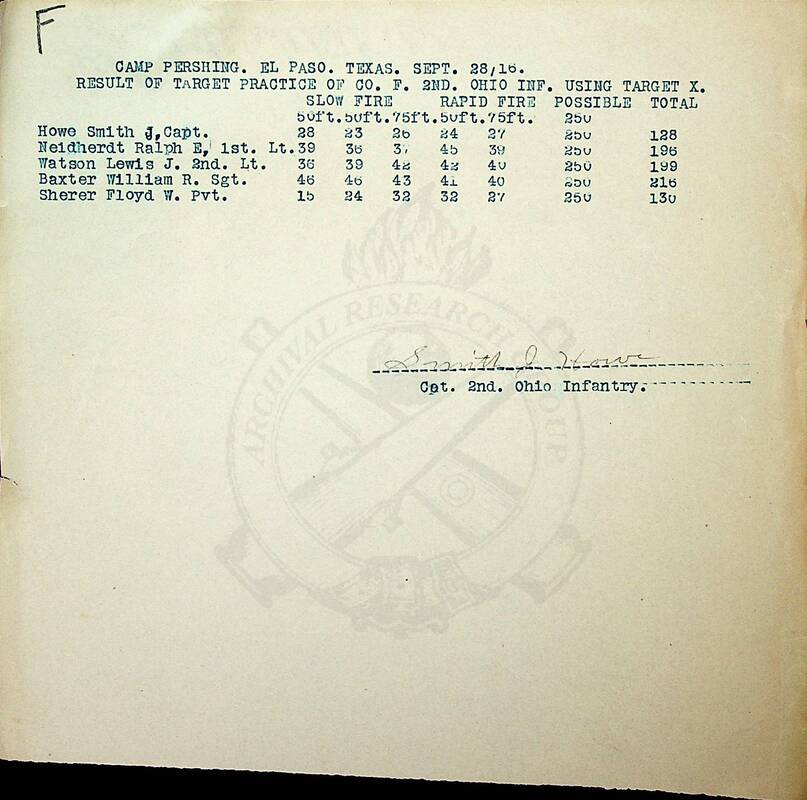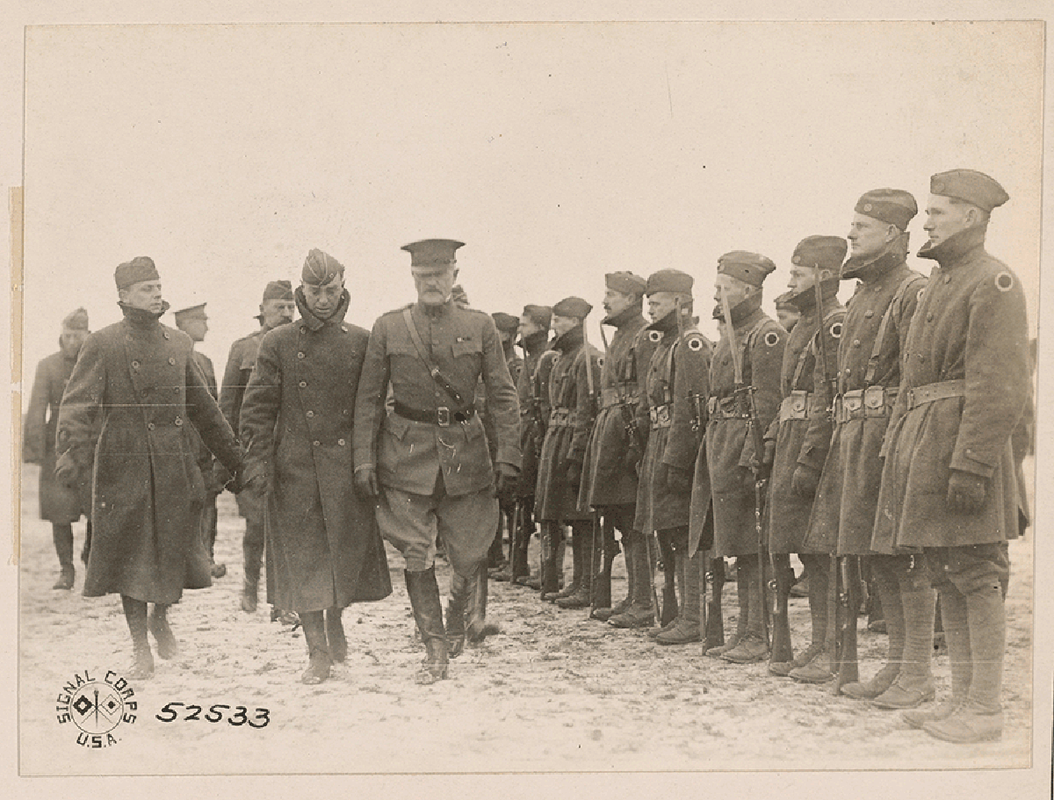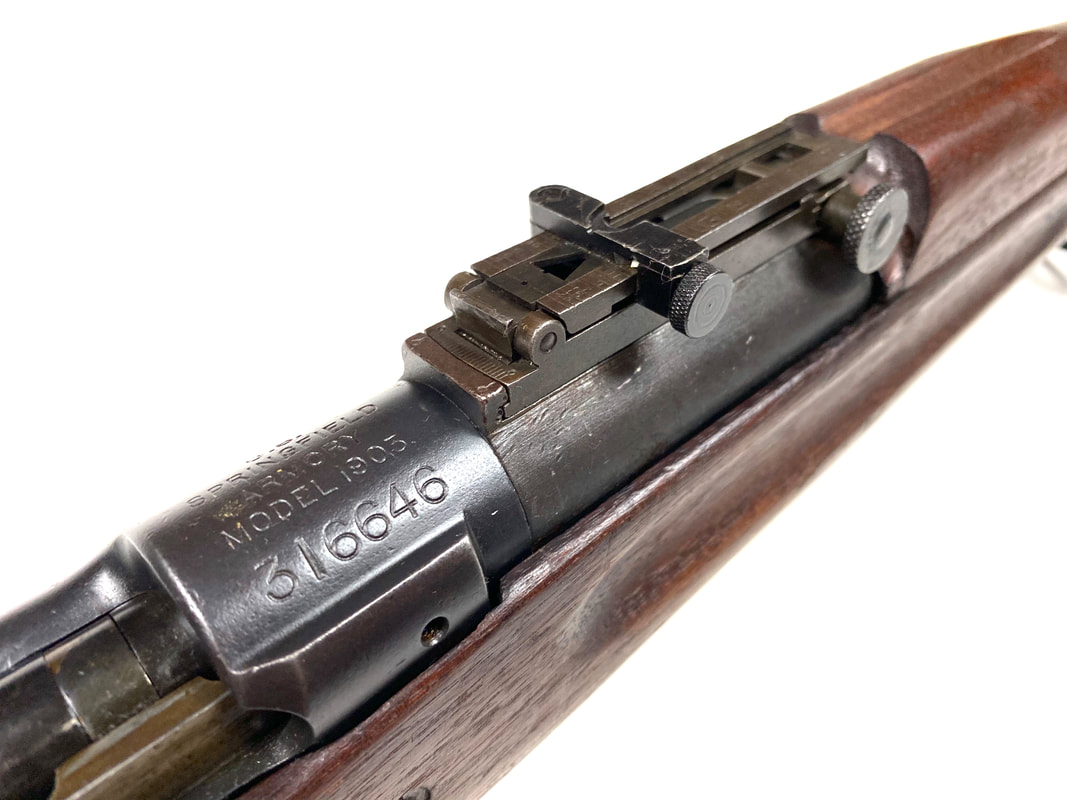|
On this day in history, June 18th 1916, National Guard units were mobilized for service along the Mexican border. While the whole Pancho Villa Punitive Expedition is extremely fascinating in its own right, what makes it even cooler to me is that the pictured rifle was actually there in the Texas scrub. Click below to read more! Prior to 1916 states maintained their own independent militia forces. While they could be called into Federal service for up to nine months, they were primarily for use within state borders. The National Defense Act of 1916 changed that, basically creating the National Guard as we know it today. It provided Federal funding for 48 days of drill per year, as well as 15 days of annual training. Importantly it also allowed the President to mobilize and federalize the Guard for the duration of a war or national emergency. The impetus for the act seems to have come from the exhortations of notable members of the "Preparedness Movement" including real American badasses General Leonard Wood and former President Teddy Roosevelt. Company M, 2nd Ohio Infantry during border service This power was first used only 15 days after the passage of the act with President Wilson calling up over 140,000 Guardsmen from non-border states. Among them were the men of Company F, 2nd Ohio Infantry. Under the leadership of Captain J. Smith Howe the Ohio Infantrymen conducted border duty in and around Camp Pershing located outside of El Paso, Texas.
Courtesy of Archival Research Group, the attached inspection document notes that on January 9th, 1917 rifle 316646 was reported to be serviceable, with a .304 gauge entering "snugly or not at all". The second attached document from Camp Pershing shows the results of some target practice, although it appears the CO didn't do terribly well! When the men of the Ohio National Guard ended their border service in Spring of 1917, they almost instantly became part of WW1 with the US declaration of war in early April of 1917. The units were reorganized and became numbered regiments of the 37th Infantry Division -- nicknamed the Buckeyes. We do know that this 1903 rifle DID NOT go over to France with the 37th however. The attached document from a Rifle Demonstrator (in charge of training troops on the new Model 1917 rifle) indicates in April 1918 that the 37th had recently exchanged their Springfields for 1917s, and the seasoned troops reported that "the new rifle appears strange and awkward to them".
This hard used and well traveled rifle is my first "documented" weapon -- hopefully the first of many. Thanks as always to Andrew Stolinski at Archival Research Group for the documents!
0 Comments
Leave a Reply. |
Jon K.Weapons collector, history buff, Army officer, Pug enthusiast. Archives
December 2020
Categories
All
|





 RSS Feed
RSS Feed
